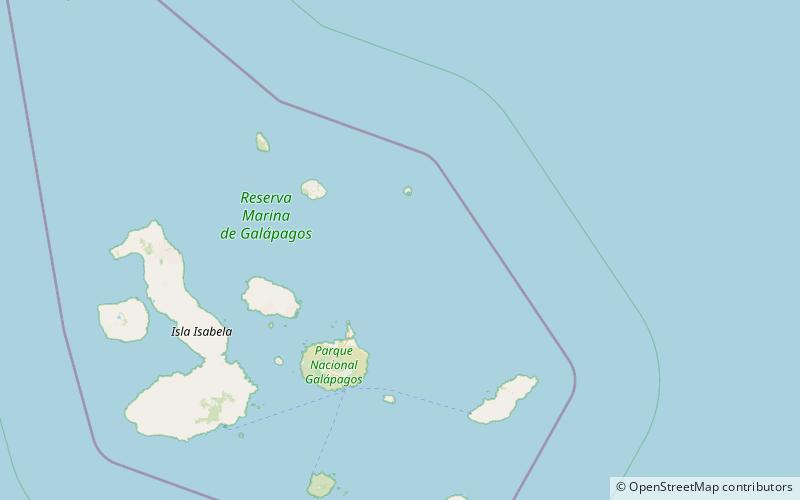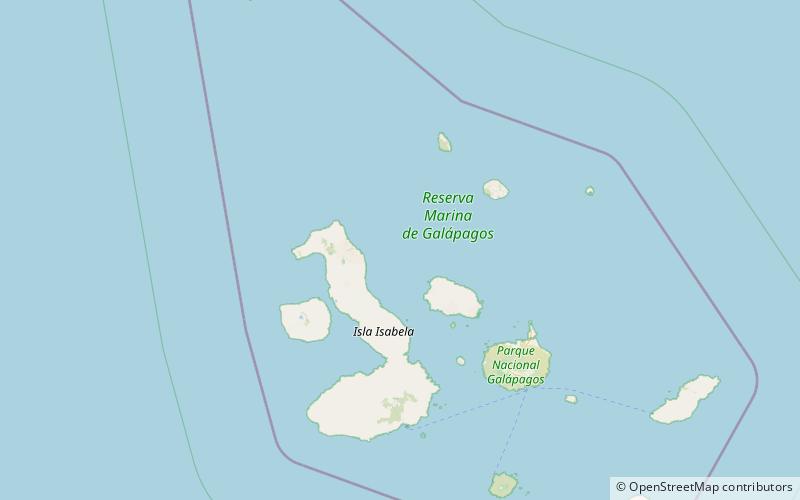
Galápagos National Park Travel Guide
Facts and practical information
The Galápagos National Park, located in the Galápagos region of Ecuador, is a true natural wonder. This UNESCO World Heritage site is famous for its unique and diverse wildlife, including the iconic giant tortoises, marine iguanas, and blue-footed boobies. The park is made up of 97% of the land area of the Galápagos Islands, making it a vital conservation area for the protection of the archipelago's fragile ecosystems.
Visitors to the Galápagos National Park have the opportunity to experience the incredible biodiversity of the islands through a variety of activities. Guided tours offer the chance to observe the fascinating animal species in their natural habitats, while snorkeling and diving allow for up-close encounters with the rich marine life, including sea lions, penguins, and colorful fish. Hiking trails wind through volcanic landscapes, providing stunning vistas and the opportunity to see rare plants and birds.
In addition to its natural wonders, the Galápagos National Park also has a rich human history. Visitors can explore historical sites such as the Wall of Tears, a relic of a former penal colony, and learn about the islands' connection to Charles Darwin's theory of evolution. The park is also home to several research and conservation centers, where visitors can learn about ongoing efforts to protect the unique flora and fauna of the Galápagos Islands.
Galápagos
Galápagos National Park Attractions - What to See and Explore
Galápagos National Park offers many attractions and places to visit. Here are the most important ones: Darwin's Arch, Western Hemisphere, Galaxy 17. Below you will find a complete list of places worth visiting.
Galápagos National Park – popular in the area (distance from the center)
In the vicinity of Galápagos National Park, it's worth seeing attractions such as: Reserva de Tortugas Gigantes "Rancho Primicias" (Santa Cruz Island), Academy Bay, Isla Rábida (Rábida Island).







